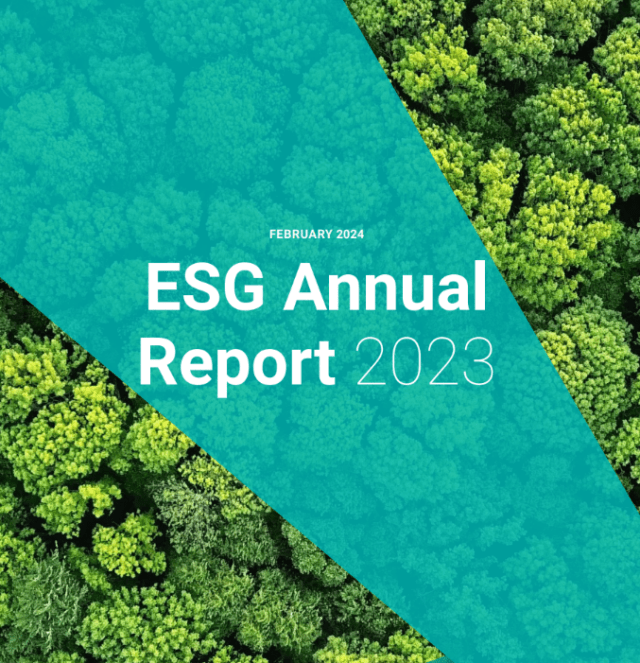3 min read
Do we trust technologists to be environmentally responsible?
Our Global Lead for Cloud Transformation, John Taylor, underlines the challenges around digital sustainability within the technology industry.
When it comes to digital sustainability, there’s a lot to explore but I’ve found myself reflecting a lot recently on the impact that digital services have on our environment. Simply put, digital services need power and water, and lots of both. And in recent years, the public cloud has become an increasingly adopted solution for these digital services as businesses look for efficient places to store and manage their data. As a result, cloud is now the foundation for business transformation and innovation – as Gartner puts it, it is becoming a business necessity.
However, as the demand for cloud services grows, and the AI revolution continues apace, so too does the need for energy to power the data centres that support these technologies. Google’s greenhouse gas emissions are 48% higher in 2023 than in 2019 and Microsoft’s own sustainability report shows that their Scope 1 to 3 emissions have risen by 29.1% in 2023, from their 2020 baseline.
And AWS, it has been reported, has restricted data centre access in Ireland due to power concerns in that country over power requirements for the technology sector.
The hyper-scalers do of course all have praiseworthy net zero, even science-based net positive, aspirations with significant investments in renewable energy projects. NVIDIA, the producers of many of the GPU chips that power AI have made significant investments in power efficiency and cooling. NVIDIA are also demonstrating the benefits of accelerated computing over traditional CPU as a path to sustainability.
More eye opening, perhaps, is the potential scenario that future data centres may have to be powered by mini nuclear reactors. What is clear is that the rise of Generative AI is likely spurring a push for renewable and sustainable energy sources.
A question that comes to mind, as that push for renewables intensifies, will it be to the detriment of all others looking to access the same sources of energy to meet their own net zero targets?
Which then leads to another question – do we ultimately trust technology leaders to do the right thing in this regard?
Certainly, the infinite storage of a growing data volume is, by its very definition, unsustainable (it is estimated by some that 90% of the world’s data was created in the past two years alone – and yet some statistics say 60+% of data is never accessed, and as high as 90% of unstructured data never accessed) which means we, as an industry, need to find an equitable solution.
Developments and innovations will continue, as a necessity for progress, but it is worrying that the accelerated computing concept will be dwarfed by ready-made, often trivial, access to new technologies like GenAI where 5.3 billion potential internet users can now easily generate content at the click of a button. And that’s not to dismiss the benefits of AI or technology of course, it’s just that we simply cannot pretend that these practices have no impact on the environment.
It may all feel a bit counterproductive to be concerned about your personal, or organisational, digital service emissions, given the scale of what we’ve covered above. But that’s where personal and collective responsibility comes into play, in parallel to holding global enterprises and organisations to account. There needs to be the same level of importance placed on the environmental impact of digital services, as there is towards identifying efficiencies in cost or scale.
Version 1 is working hard to develop tangible and pragmatic services to support customers reduce and optimise their emissions and water usage when deploying cloud services. From green software development practices to client-side efficiency to carbon level agreements as part of our ASPIRE managed services.
As cloud consumers, we can also advocate for greater promotion of sustainability in the public cloud by choosing providers that prioritise environmental responsibility and by advocating for greater accountability from our industry.
We all have our own part to play in creating a more digitally sustainable industry and future.
Meet the Author
John Taylor is the Global Lead for Cloud Transformation at Version 1. He has over 30 years of experience working with technology and continual change and has been with Version 1 for over six years.


